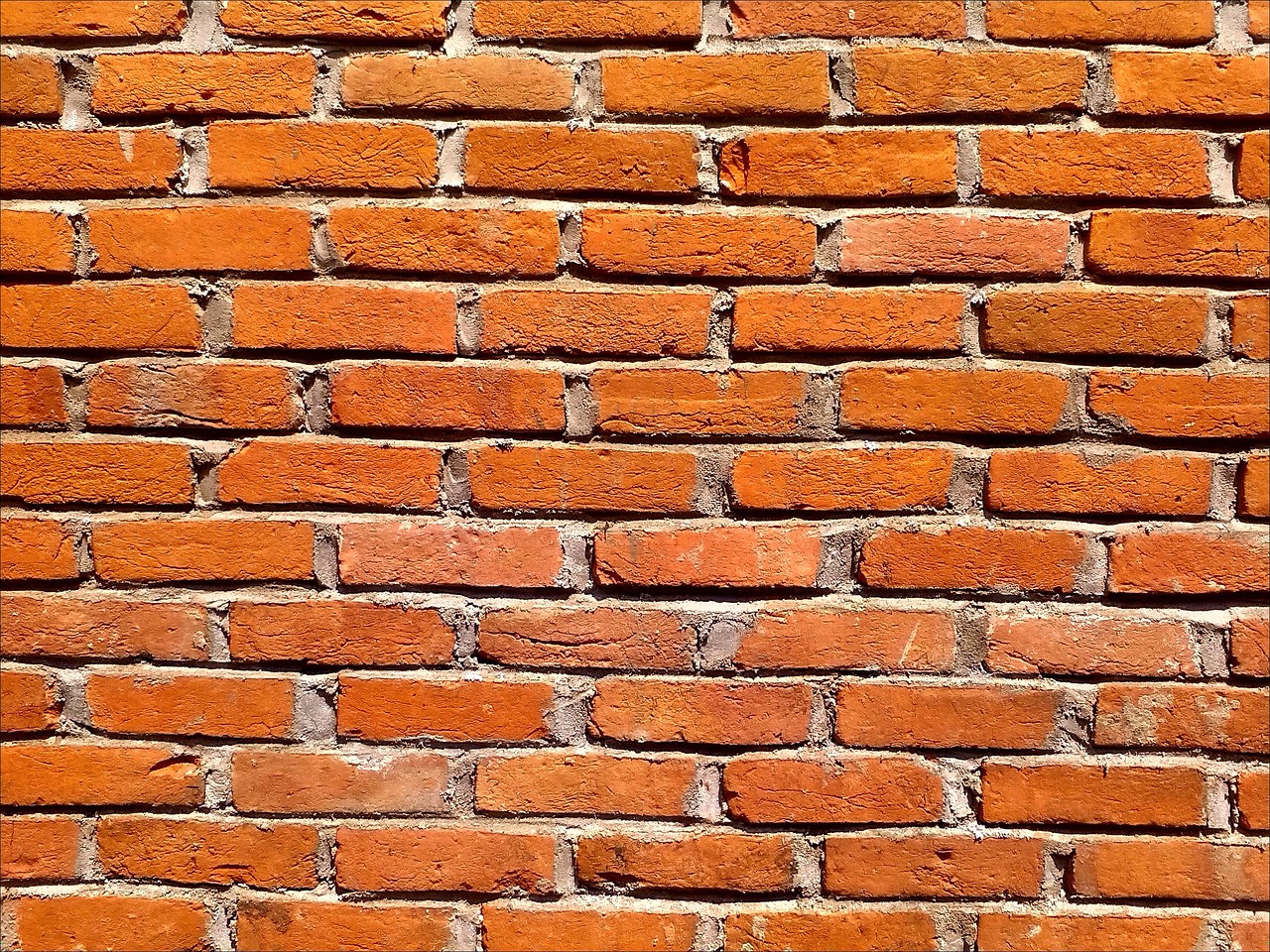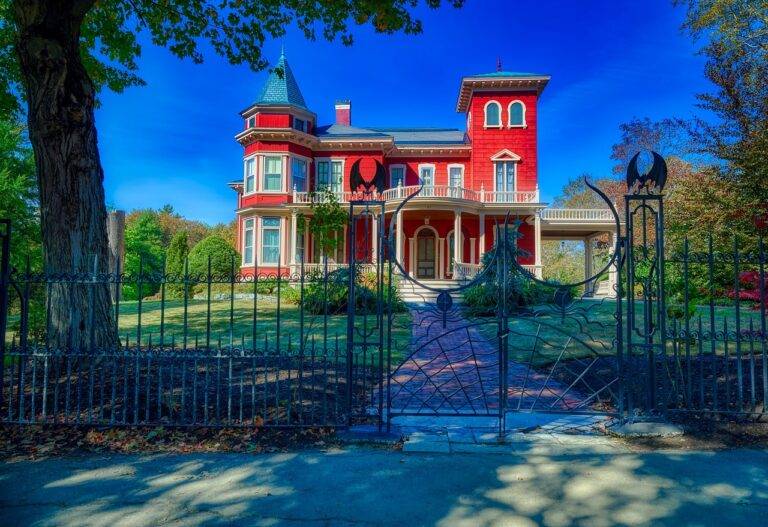The Impact of LED Lighting on Home Energy Efficiency
Using LED lighting can significantly improve energy efficiency in various settings. LED lights consume less energy compared to traditional incandescent bulbs, making them an ideal choice for reducing electricity consumption and cutting down on energy costs. The efficiency of LED lights lies in their ability to convert a higher percentage of electrical energy into light, rather than heat, as is the case with incandescent bulbs.
LED lights also have a longer lifespan than traditional bulbs, which further contributes to their energy efficiency. By lasting significantly longer, LED lights reduce the frequency of replacements needed, thus decreasing overall energy consumption and waste. This longevity not only benefits the environment by reducing the number of bulbs being discarded but also provides cost savings to consumers in the long run.
Understanding How LED Lights Consume Less Energy
LED lights consume less energy than traditional incandescent and CFL bulbs due to their unique design and technology. Unlike incandescent bulbs that rely on heating a filament to produce light, LED lights operate by passing electrons through a semiconductor material, emitting photons in the process. This efficient conversion of energy directly into light results in minimal heat loss, making LEDs up to 80% more energy-efficient than incandescent bulbs.
Furthermore, LED lights don’t emit light in all directions like traditional bulbs, but rather focus their light output in a specific direction. This directional lighting capability ensures that the light is utilized more effectively, reducing wasted energy that would otherwise be dispersed in various directions. By concentrating the light where it is needed, LED lights can provide the same level of brightness as incandescent bulbs using significantly less power, making them a superior choice for energy-efficient lighting solutions.
Comparing LED Lights to Traditional Incandescent and CFL Bulbs
LED lights are known for their superior energy efficiency compared to traditional incandescent and CFL bulbs. This is due to their ability to convert a higher percentage of the energy they consume into light, resulting in less energy being wasted as heat. In contrast, incandescent bulbs produce light by passing an electric current through a filament, which generates a significant amount of heat and makes them much less energy-efficient.
Additionally, LED lights have a longer lifespan than both incandescent and CFL bulbs, which helps further reduce energy consumption and waste. While traditional incandescent bulbs typically last around 1,000 hours and CFL bulbs last around 8,000 hours, LED lights can last up to 25,000 hours or more. This extended lifespan not only saves on replacement costs but also contributes to lower energy usage and environmental impact over time.





